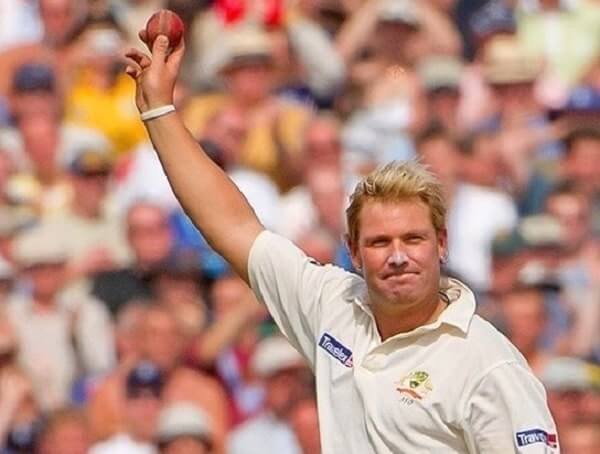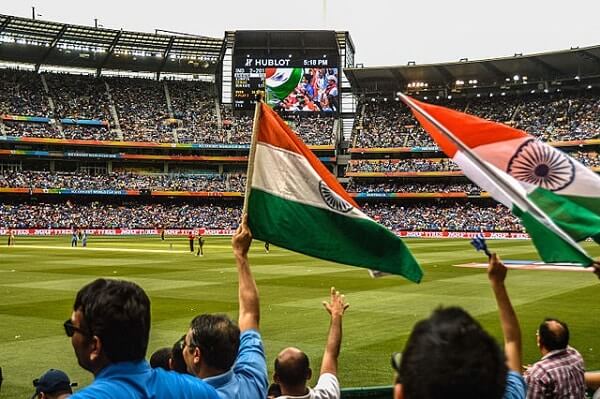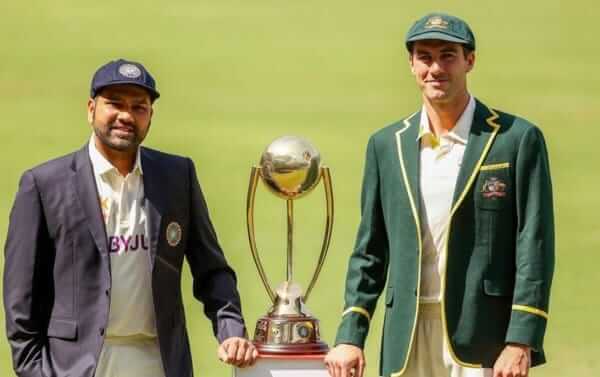The Border-Gavaskar Test Series is more than just cricket – it will define the way Indians see themselves in Australia.
The community was abuzz when the front and back pages of the News Corp papers ran their articles on the upcoming India vs Australia series in English, Hindi and Punjabi languages.
 Of 26 million plus Australians the ability to read Punjabi or Hindi may be limited to less than 100,000 people, but the intent and boldness of a largely right-leaning media organisation to reach out to the migrant community was surprising. Even some advertisers such as the NBN got into the mood releasing full page ads in print media in Hindi.
Of 26 million plus Australians the ability to read Punjabi or Hindi may be limited to less than 100,000 people, but the intent and boldness of a largely right-leaning media organisation to reach out to the migrant community was surprising. Even some advertisers such as the NBN got into the mood releasing full page ads in print media in Hindi.
It’s often said that cricket is the glue which binds India and Australia. The first official tour of an Indian team in Australia was in 1947-48, one that almost didn’t happen due to the chaos of post-partition India. India-Australia test matches however never really took off until the 2003-2004 series, when under an assertive Sourav Ganguly, India showed a new type of aggression on the field.
Prior to this, while Australia toured India regularly, the ongoing myth of dust and dysentery was unknowingly perpetuated by its cricketers – from Dean Jones’ double ton in the 1986 Madras Test match where he was given saline drips to recover, to an outcry of racism in 1998 when Shane Warne mentioned baked beans in a casual comment. (Turned out it was exactly that, a casual comment about an urge for familiar food after months of touring overseas).

Today, it is harder for Australian audiences to get an idea of the progress that cricket has made in India, because broadcasts from India remain restricted to expensive pay TV platforms.
But newsprint media is replete with explorations of the wealth and prestige of the IPL, and the glitz and glamour which this form of cricket commands, so much so that other cricketing nations have rushed to schedule in their own adaptations.
The visiting Indian team has performed exceedingly well during their last couple of tours of Australia, drawing reluctant praise from the local media commentators, a far cry from the scathing Tony Greig style of commentary of the early 2000s – sometimes rightfully so, other times playing to his listener base.

Even the crowds watching the games have changed. When Ravi Shastri scored his double hundred at the SCG in 1985-86, less than 2,000 from the Indian diaspora were there to cheer him on. The current BGT tests in centres like Melbourne and Sydney will have at least 40% South Asian diaspora stadium attendance – it may even feel like an away game for the Australian team with the sounds of dhols, dads and kids dancing, and spectators dressed in traditional clothes and turbans.
The reality is both cricket-obsessed countries need each other – India needs Australia to enter the elite cricketing world, Australia needs India to sit on the high money table.
Read More: Mark Waugh on The Pawan Luthra podcast





